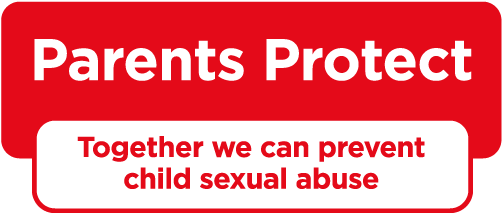What is Grooming?
Grooming is a term used to describe how people who want to sexually harm children and young people get close to them, and their families, and gain their trust. They do this in all kinds of places such as in the home or neighbourhood, the child's school, youth and sports club, the local church and the workplace.
Grooming may also occur online by people forming relationships with children and pretending to be their friend. They do this by finding out personal information about that child such as their likes and dislikes and their family circumstances. For example, if a child is lonely, a potential abuser will give the child attention and develop a 'special relationship' which could make it easier to manipulate the child.
The offending adult will also try to find out if the child would tell a protective adult about what is going on. They will seek to find out as much as they can about the child's family and social networks and, if they think it is 'safe enough', will then try to isolate the child. They may use flattery and promises of gifts, or threats and intimidation in order to achieve some control.
It is easy for 'groomers' to find children online. They generally use chatrooms which are focussed around young people's interests. They often pretend to be younger and may even change their gender. Many give a false physical description of themselves with some sending pictures of other people, pretending that it is them. Groomers may also seek out children by looking through personal websites such as social media sites.
Did You Know?
1/3 of 9-19 year olds who go online at least once a week report having received unwanted sexual (31%) or nasty (33%) comments via e-mail, chat, IM (instant messenger) or text message. Only 7% of parents/carers think their child have received such comments.*
*Livingstone, S., Bober, M. (2005). UK children go online. London: London School of Economics.
How is the grooming of children different online?
Often grooming online is faster and anonymous and can result in children trusting an online 'friend' fastery than someone they had just met face to face. People looking to offend online can easily access information about the child and they can hide their true identity, age and gender. Those who groom children may not be restricted by time or accessibility to a child as they would be in the 'real world'.
Keep your children safe online
Teach your children the five key Childnet SMART rules which remind young people to be SMART online. You should go through these tips with your children.
- S - SAFE Keep safe by being careful not to give out personal information - such as your name, email, phone number, home address, or school name - to people who you don't know online.
- M - MEETING Meeting someone you have only been in touch with online can be dangerous. Only do so with your parents'/carers' permissions when they can be present.
- A - ACCEPTING Accepting e-mails, IM (instant messages) or opening files from people you don't know or trust can be dangerous - they may contain viruses or nasty messages.
- R - RELIABLE Someone online may be lying about who they are, and information you find on the internet may not be reliable.
- T - TELL Your parent, carer or a trusted adult if someone or something makes you feel uncomfortable or worried.
Positives and negatives of the Internet
Find out more about the benefits and risks for children and young people when using the Internet from our awareness video.

